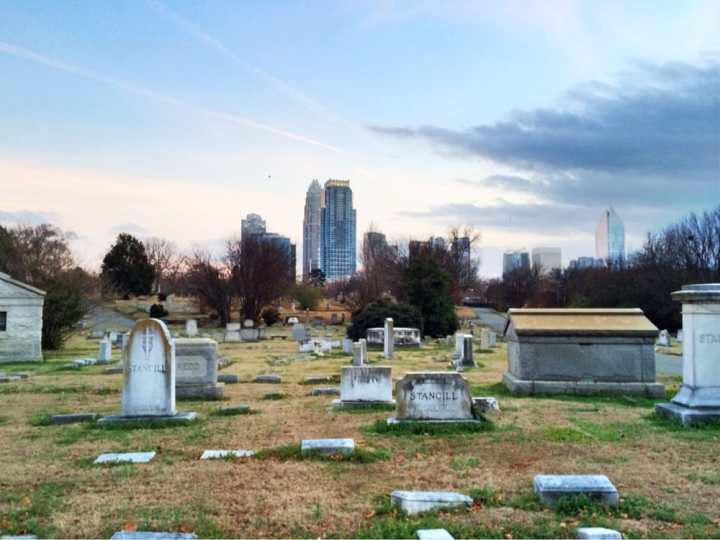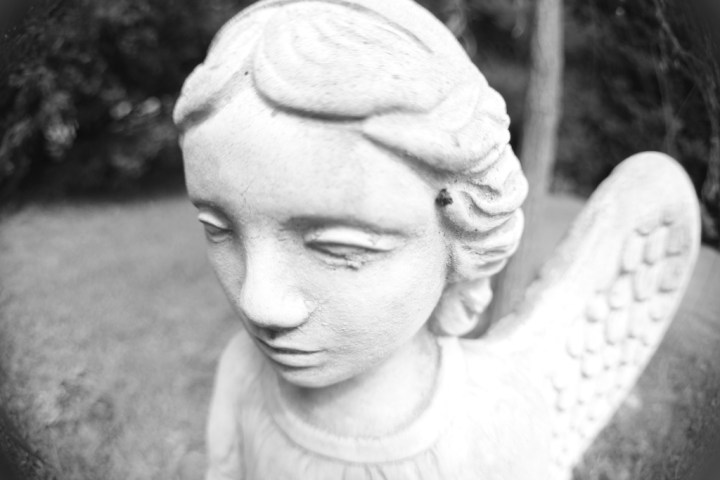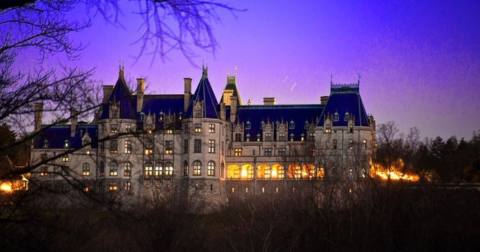These 7 Haunted Cemeteries In North Carolina Are Not For the Faint of Heart
Do two words go together more than “haunted” and “cemetery”? We think not. North Carolina has a history that dates back to America’s founding, so of course, our graveyards and historic cemeteries are especially terrifying. If you’re looking for places that are eerily beautiful during the day, but extra spooky at night, these seven are filled with history and haunts. Without further ado, here’s a list of the most haunted cemeteries in North Carolina.











What are your thoughts on this list of the most haunted cemeteries in North Carolina? Have you visited any of these destinations before? If so, feel free to share your thoughts and experiences with us — we would love to hear from you!
If you’re looking for more haunting history in North Carolina, did you know there’s an underwater ghost town deep within the mountains? It’s positively fascinating — and undeniably chilling.
OnlyInYourState may earn compensation through affiliate links in this article. As an Amazon Associate, we earn from qualifying purchases.
More to Explore
most haunted cemeteries in North Carolina
What are some other haunted destinations in North Carolina?
North Carolina is brimming with paranormal activity. While cemeteries are well-known places to spot a ghost in the Tar Heel State, you'll be amazed by just how many other spots throughout the state are equally as haunted. In fact, we've even put together a road trip that will take you to the most haunted places in North Carolina. One of the most notorious locations on this trip is the Omni Grove Park Inn located in Asheville, North Carolina. This beautiful hotel in the mountains is home to the Pink Lady who, according to legend, fell from a 5th-story room to her death. Over the past decades, visitors have spotted her ghost roaming the halls. Fortunately, she is said to be good-natured and especially friendly to children. She has a particular fondness for pranks and, apparently, if you stay the night in Room 545, you might just notice some of your belongings moved around.
What are some haunted hotels in North Carolina?
As mentioned above, the Omni Grove Park Inn is perhaps the most famous haunted hotel in North Carolina, but there are definitely some others. These spooky spots include the Green Park Inn in Blowing Rock, the Carolina Inn, 1889 White Gate Inn, the 1927 Lake Lure Inn and Spa, the Winds Resort Beach Club in Ocean Isle, Brunswick Inn in Southport, Balsam Mountain Inn, and the Asheville Seasons Bed & Breakfast. Would you ever stay in one of these notoriously haunted hotels in North Carolina?
Does North Carolina have any haunted bridges?
Driving at night in Asheville, you might discover something positively chilling if you pass by Helen's Bridge, a haunted bridge in North Carolina. According to legend, if you pass over this bridge and call Helen's name, you might encounter her troubled spirit.



